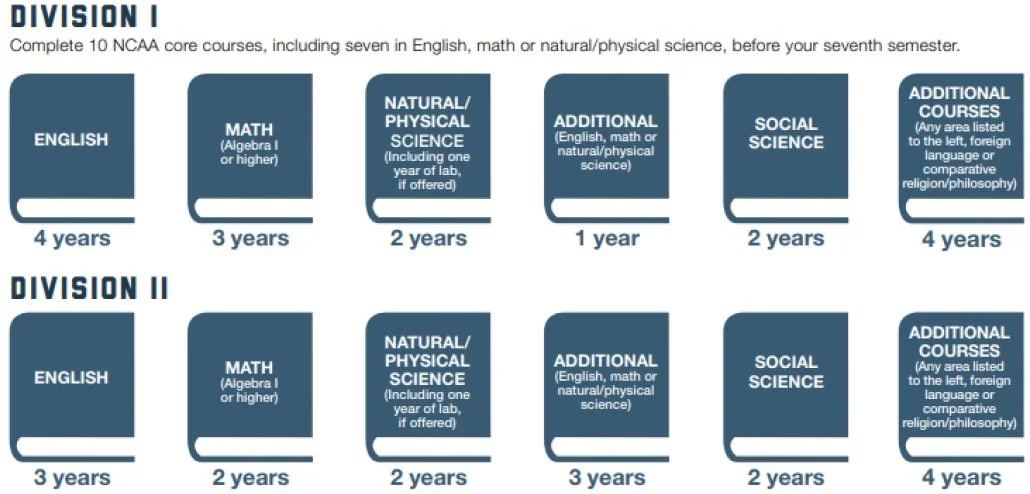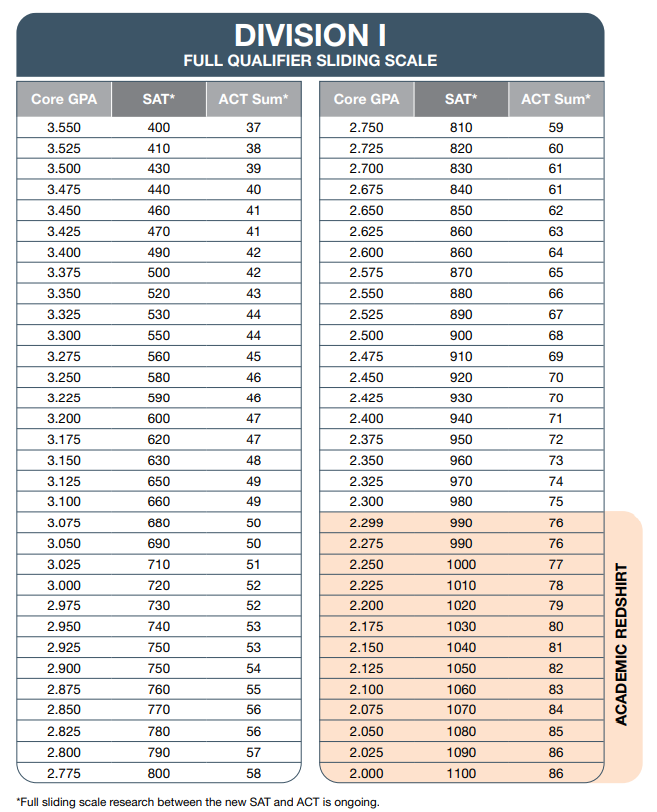Women in Sports
I am in awe of anyone who competes in sports at the post-secondary (or higher) level, but especially women. For a mere year in college I swam competitively. It was hard. Harder than I thought it would be. I could make excuses about how my class schedule directly conflicted with my practice schedule and that’s why I stopped, and that would be true, but not the whole truth. The WHOLE TRUTH is that in order to swim and maintain good grades, I had to give up any semblance of a social life, some meals (only because of my class schedule) and lots of sleep. Up to that point, I had dedicated 14 years of my life to the sport and I was tired, the sleep thing really got to me, along with the social life.
It may sound like I’m complaining, I’m not. I loved swimming and still do. But for me, something had to give or go and that ended up being swimming. After all, I was a student-athlete, student first and athlete second. This is, however, why I am in awe of athletes who compete at this level- I personally know how hard it is.
Today, we celebrate National Girls and Women in Sports Day. Earlier this week, I shared a post on my company’s LinkedIn page that I found truly inspiring about a top-tier athlete who is also studying to become a doctor. I am truly in awe of Nadia Nadim- if you haven’t read her story, please do!
In tribute to her and other student athletes around the world, I’m writing this blog. The goal of this blog is to help student athletes unravel the complicated world of the NCAA clearinghouse and get, at least, the basics of moving forward with their student-athlete careers. Many students and parents have a difficult time understanding what the requirements are to compete at the collegiate level, and in some cases, don’t even realize that there are academic requirements. I’d like to review some of the basics, so that everyone has the chance to understand them and seek out further assistance if they should require it.
CERTIFICATION/ACCOUNT TYPES
There are three divisions at which student athletes may participate at the collegiate level (Division I, II, and III). All three require the creation of an account on the NCAA, however, students wishing to compete at the Division III level only need a Profile Page Account. This type of account is free and may be changed to a Certification Account at any time, as long as it is before they take any official visits or sign any National Letter of Intent with Division I or Division II colleges.
Certification Accounts are required any time a student wants to participate or be recruited for a Division I or a Division II program. These accounts cost $90 for domestic students and certifies that a student is academically eligible to attend and compete at these levels. When creating either account, students must input the courses they have taken thus far in their high school tenure, along with the grades they’ve earned.
REQUIRED COURSES
Each division has slightly different academic requirements in order to be accepted and compete. Below is a breakdown for Division I and II.
GPA
The NCAA clearinghouse then calculates the student’s GPA based on the grades that the student enters. These are, of course, verified when final transcripts are received. The NCAA calculated GPA is not weighted, meaning that if a student earned a B in a given course, they have a 3.0 for that course per the NCAA. This can be confusing as many high schools will assign a weighted GPA to certain academic courses. The minimum GPA for a Division I school is a 2.3 and for a Division II school is a 2.2.
TEST SCORES
Both Division I and Division II schools require students to have an SAT or ACT test score for certification (there is a caveat to this with the NCAA COVID guidelines, which will be covered below) and test scores are required to be sent directly from the testing institution to the NCAA. Test scores on transcripts are not accepted.
The given required test score is calculated on a sliding scale based on a student’s GPA.
Division I requirements based on GPA are here:
Division II Requirements based on GPA are here:
The SAT score is calculated by adding the Critical Reading and the Math scores. The ACT Sum score is calculated by adding the English, Math, Reading and Science sub scores together.
COVID UPDATES:
The NCAA is currently waiving test scores for any student who initially enrolls in an NCAA school full time between now and the 2022-2023 academic year. Colleges and universities still have the right to require test scores. Distance learning or e-courses that were taken during the spring/summer of 2020 through the 2021-2022 school year, no matter what grade the student was in, will not require a separate review process.
I mentioned earlier that all of this was tricky. If you have questions, please seek out the person at your school who is responsible for assisting you or a trained professional.
I hope you’ve found this helpful. If you are looking for more information, please visit my website- Higher & Hire. If I can be of assistance to you, please reach out to me here.
Many Thanks!
Valerie Palmer




